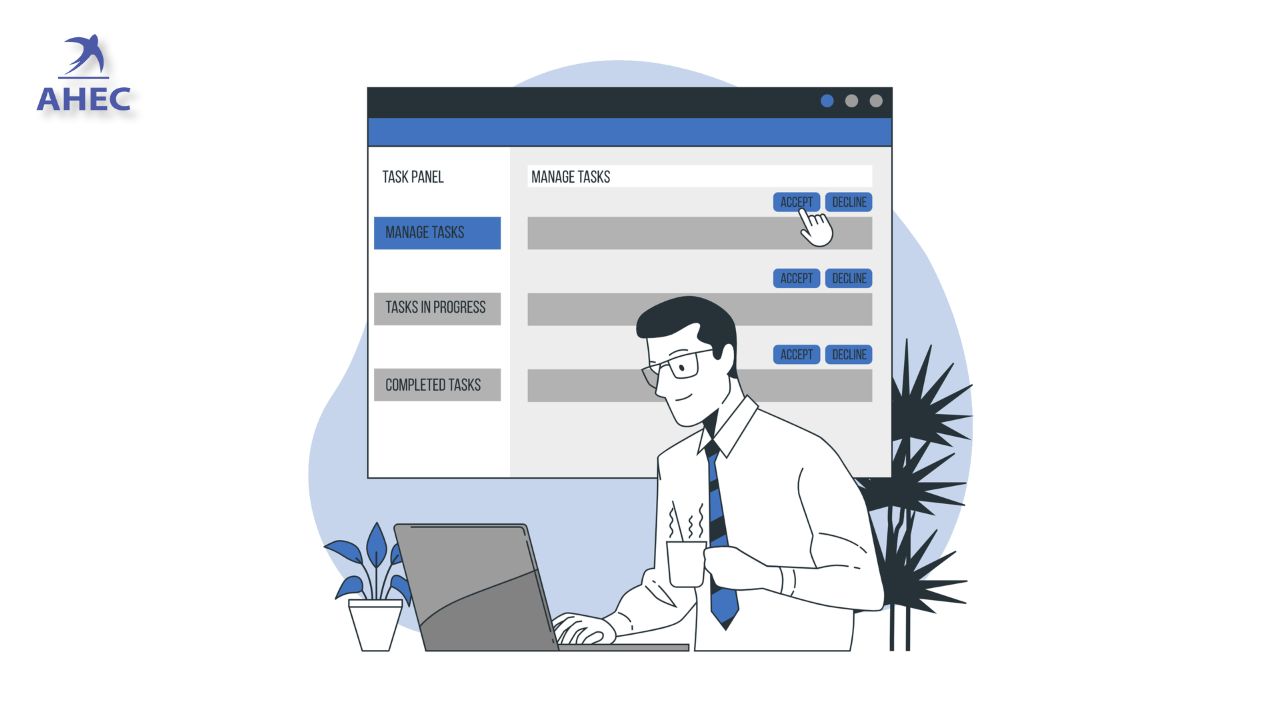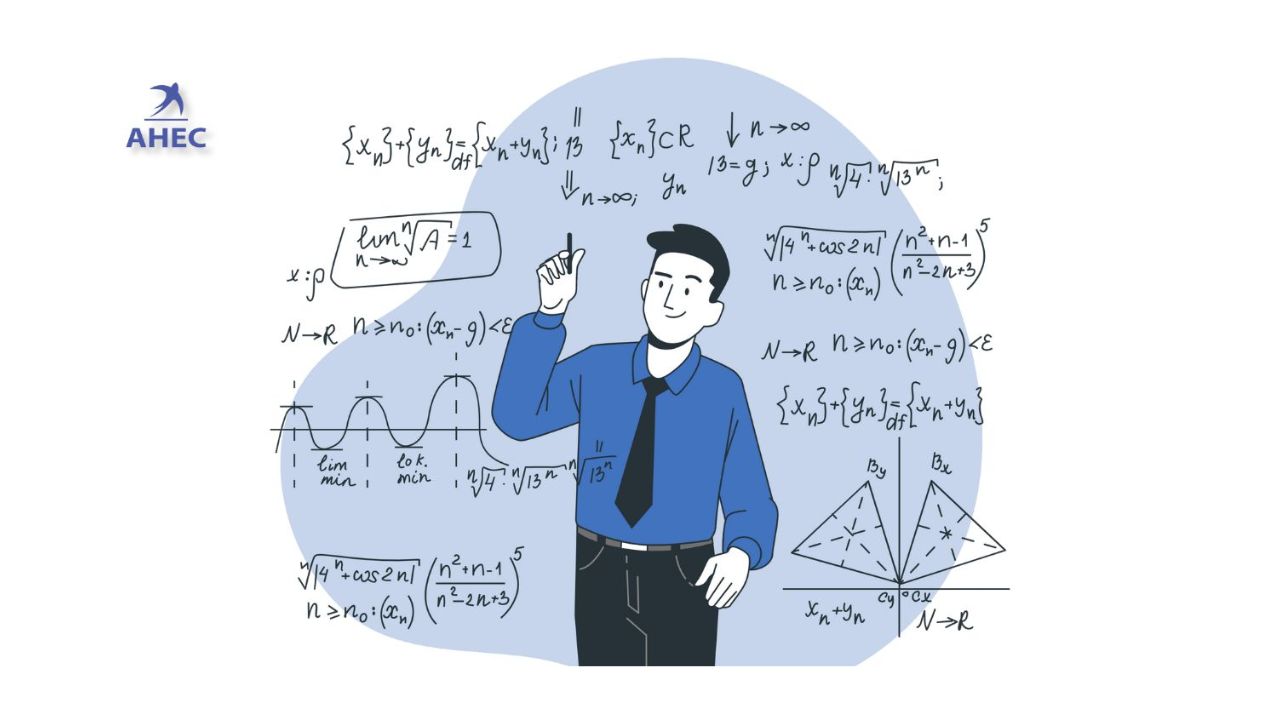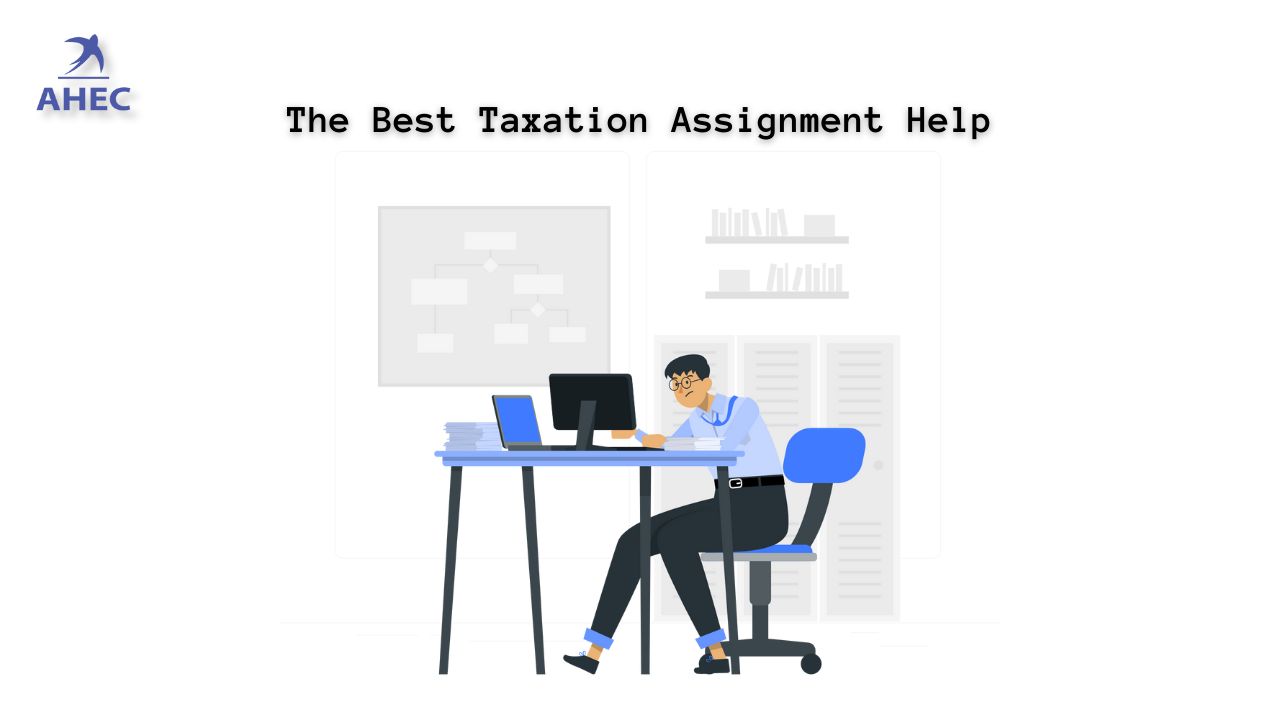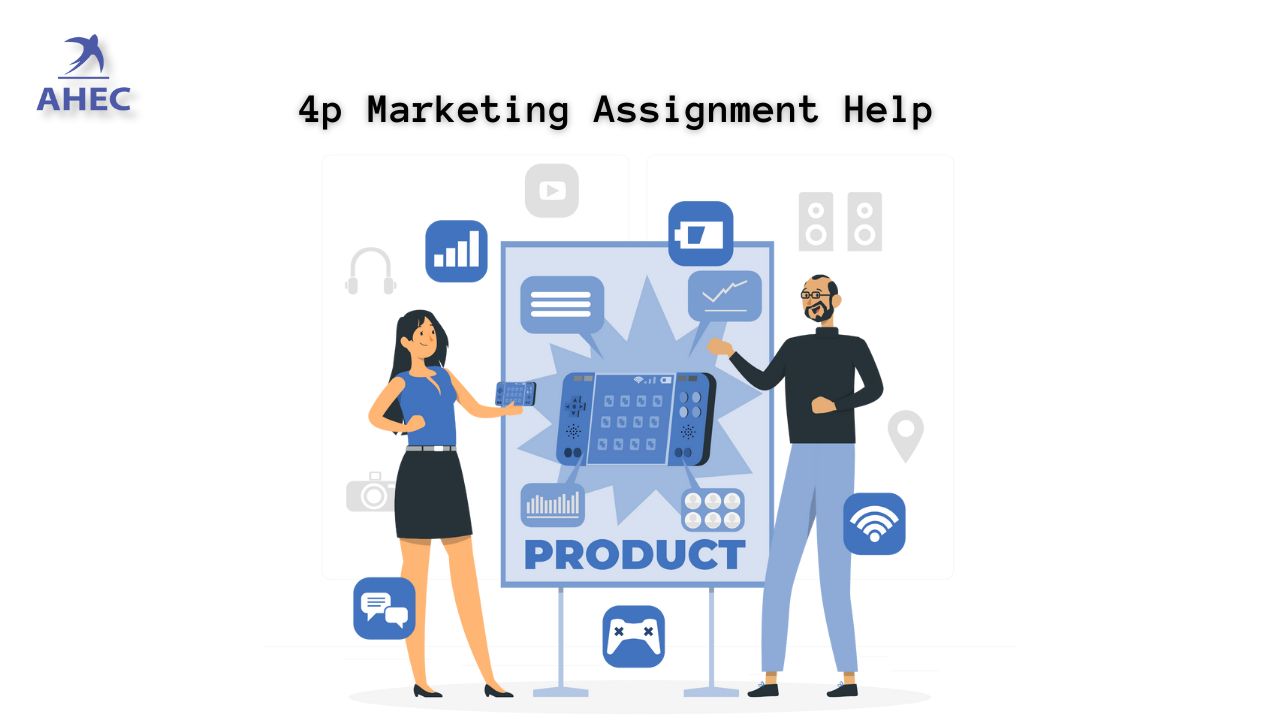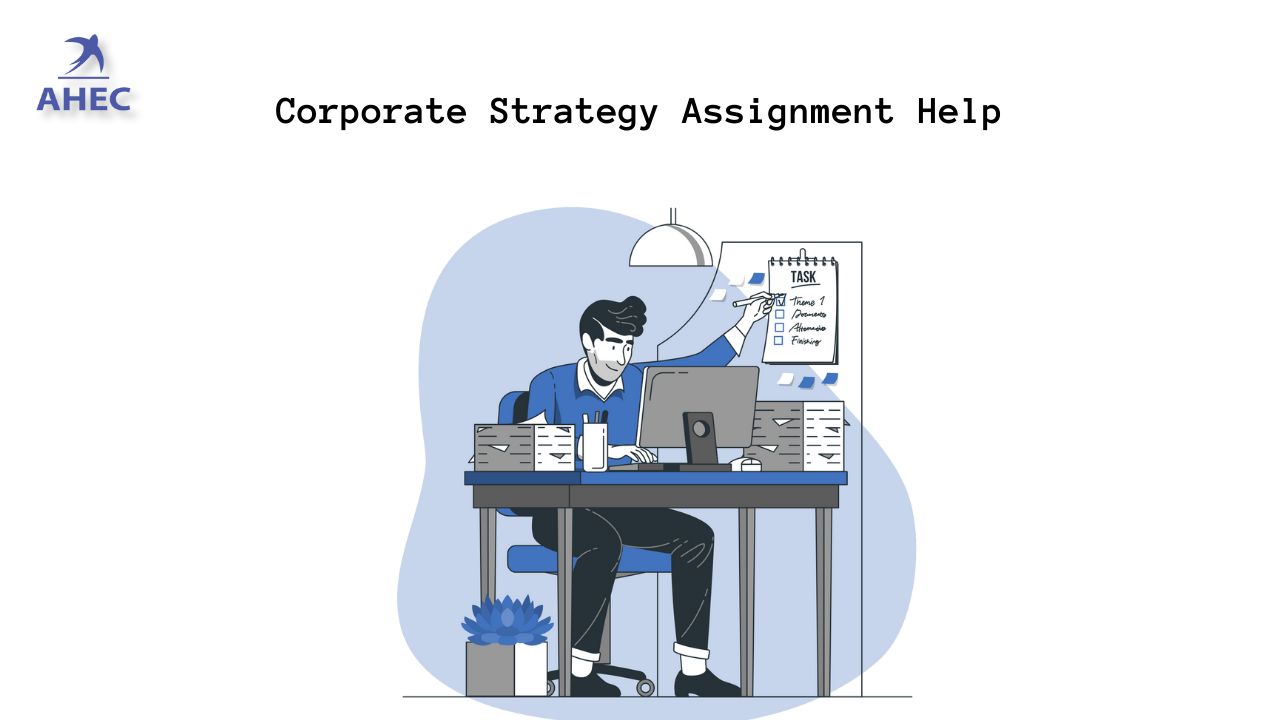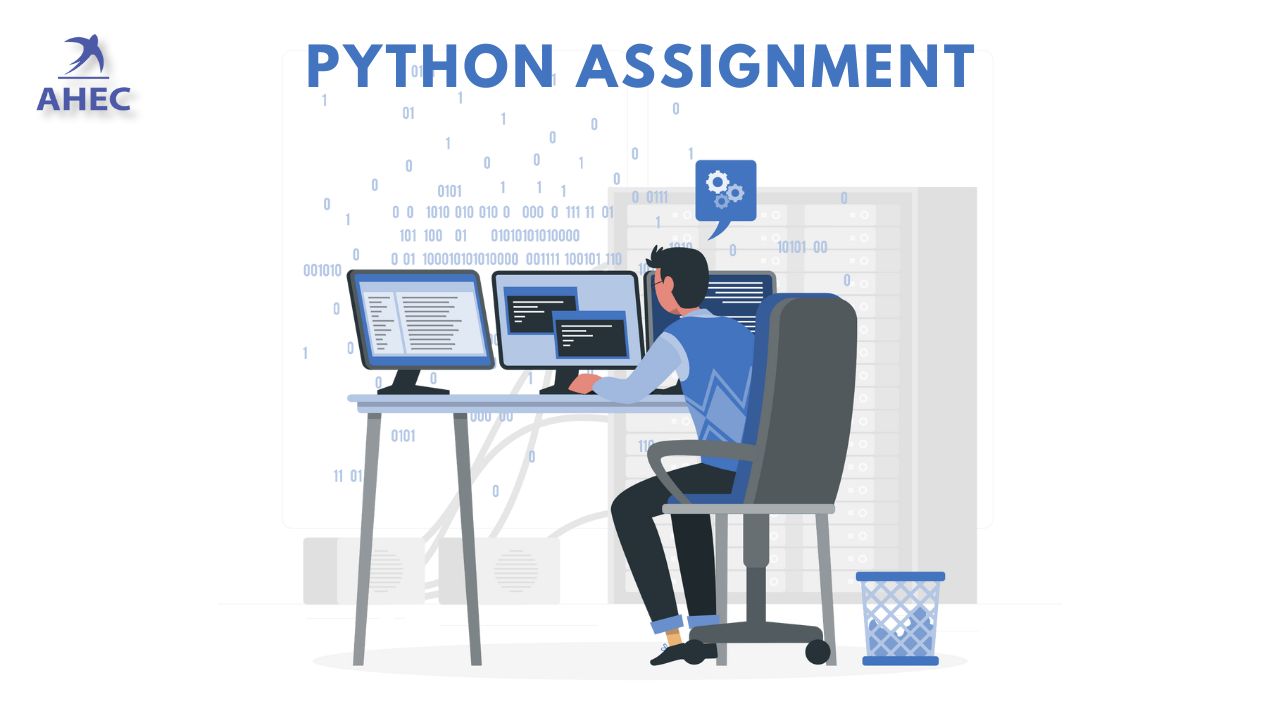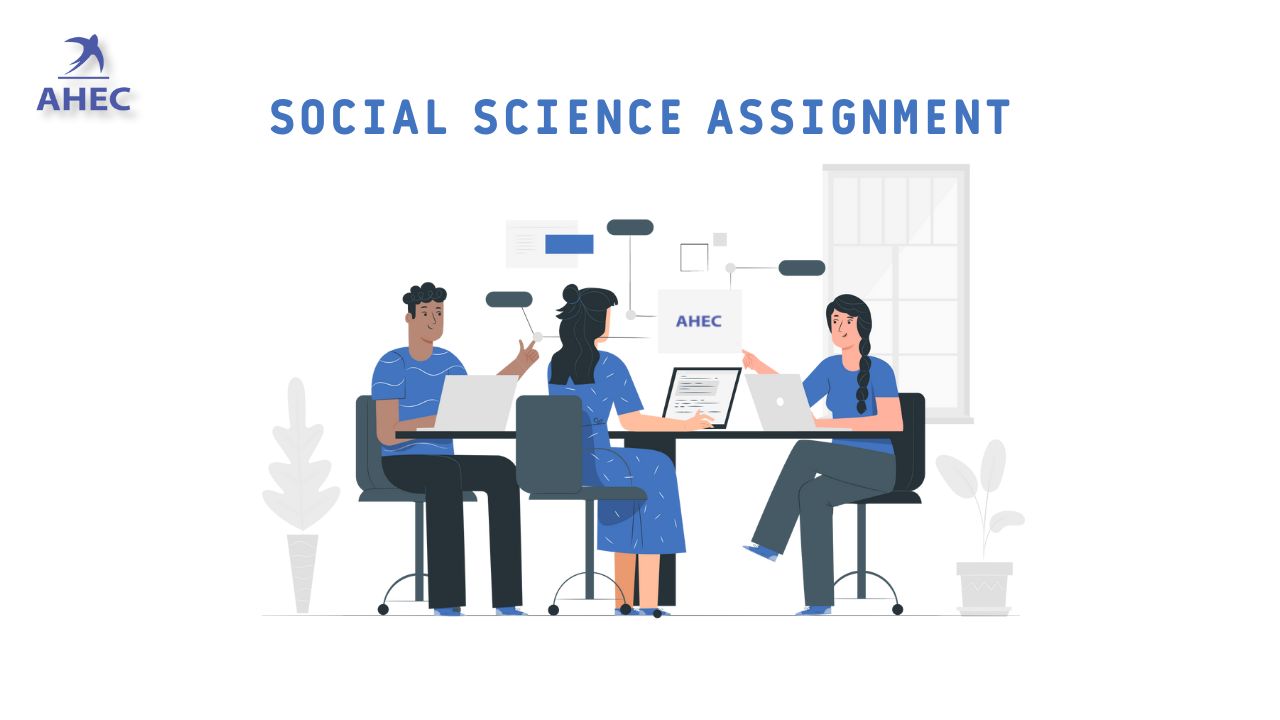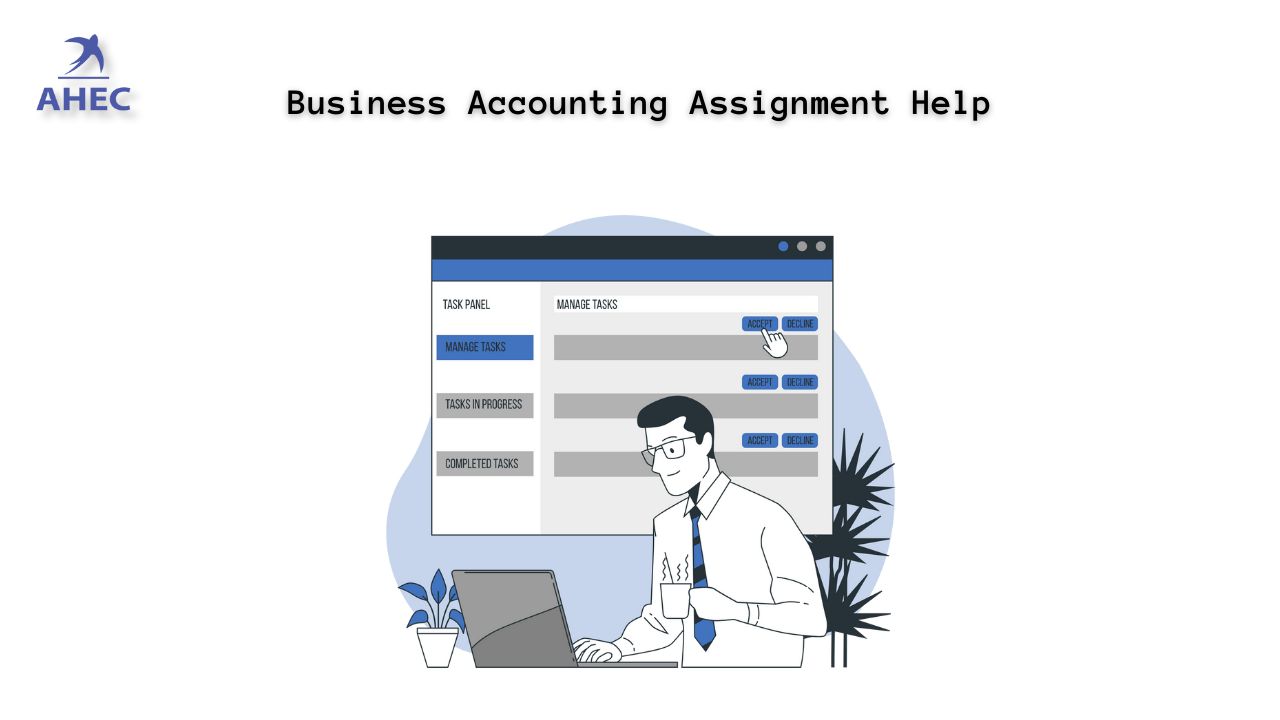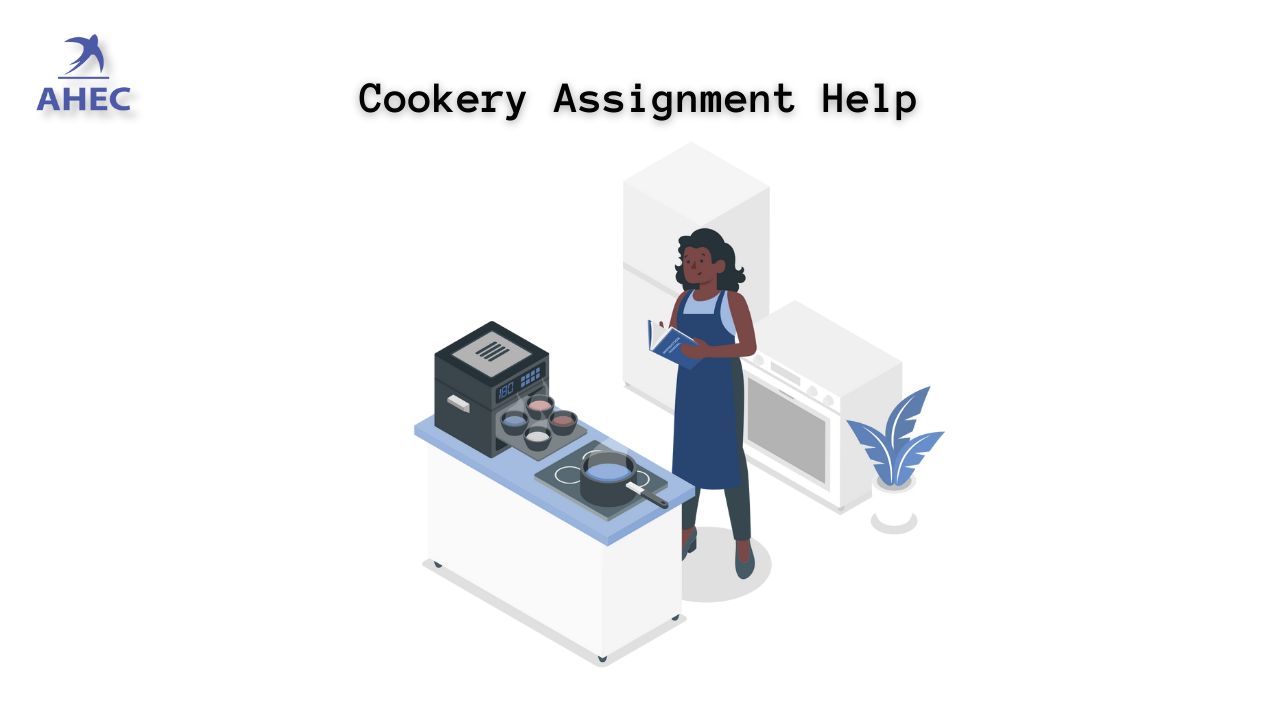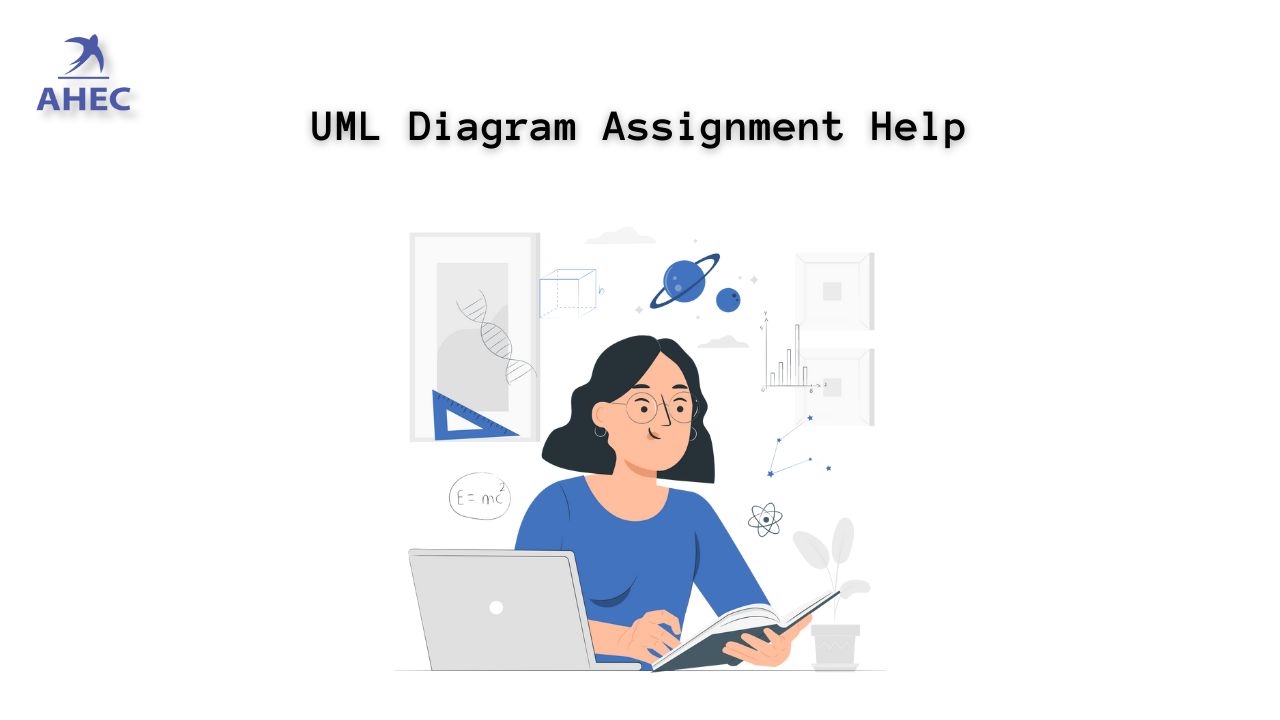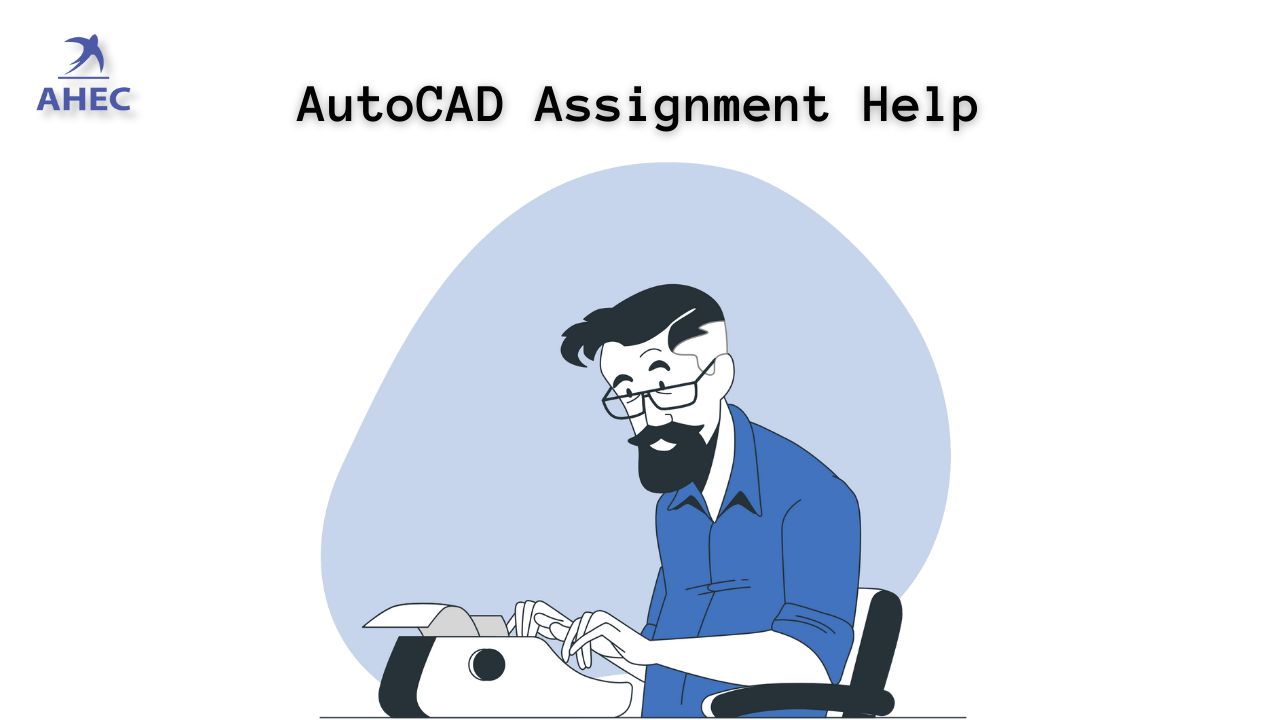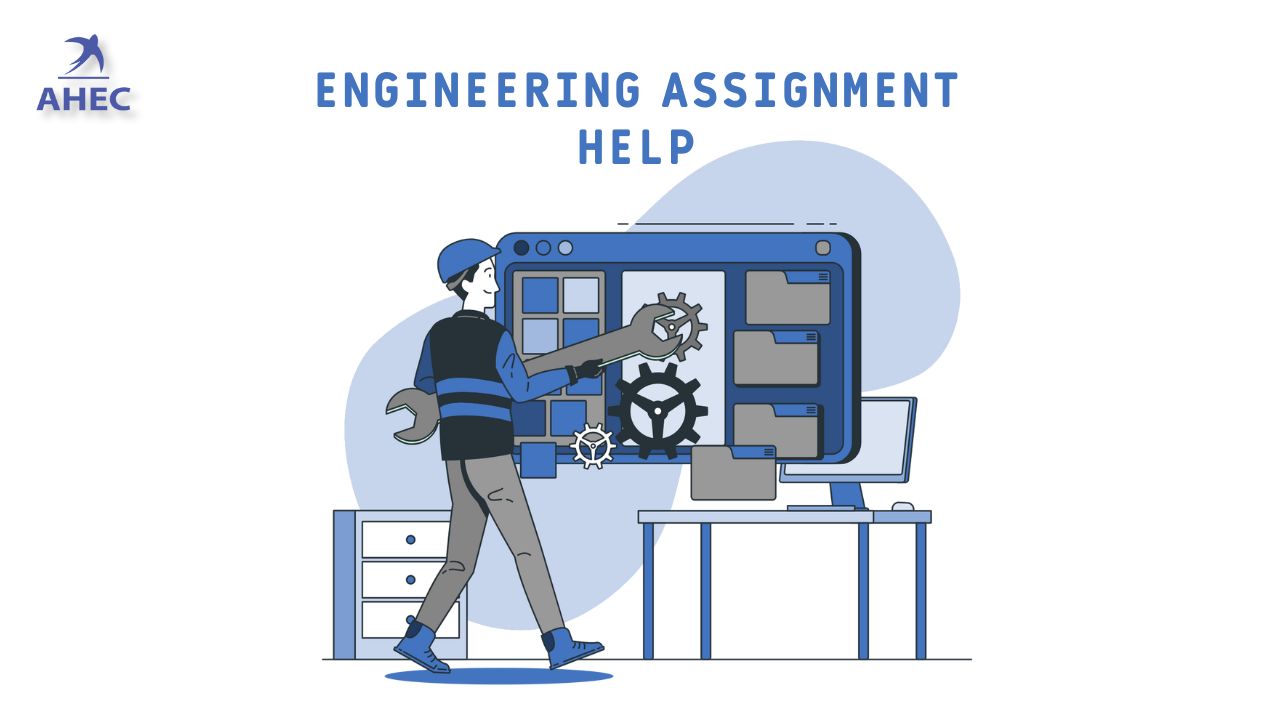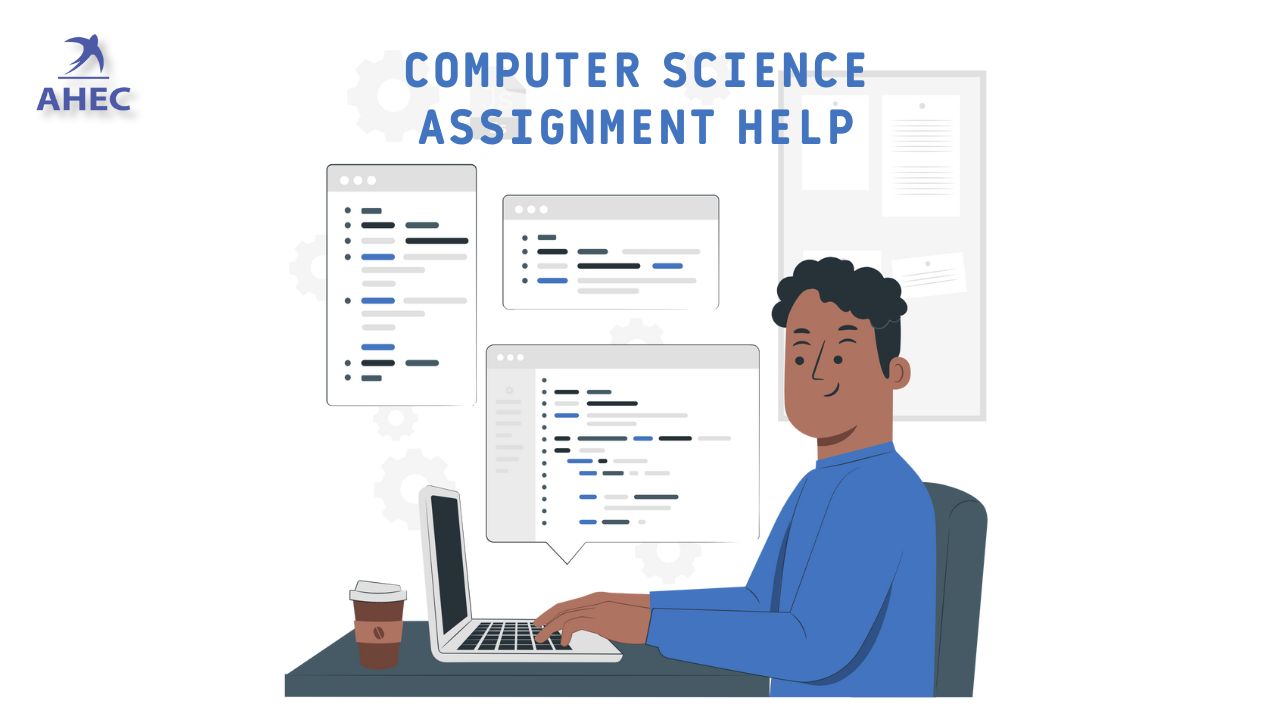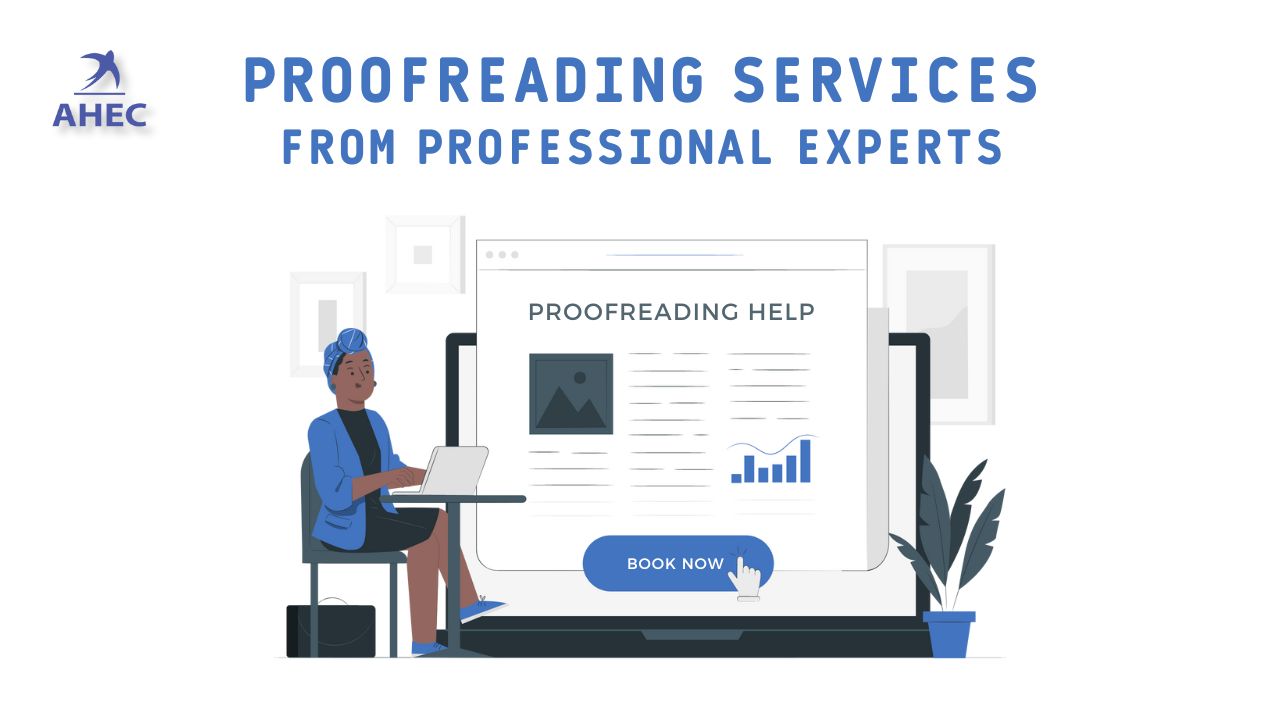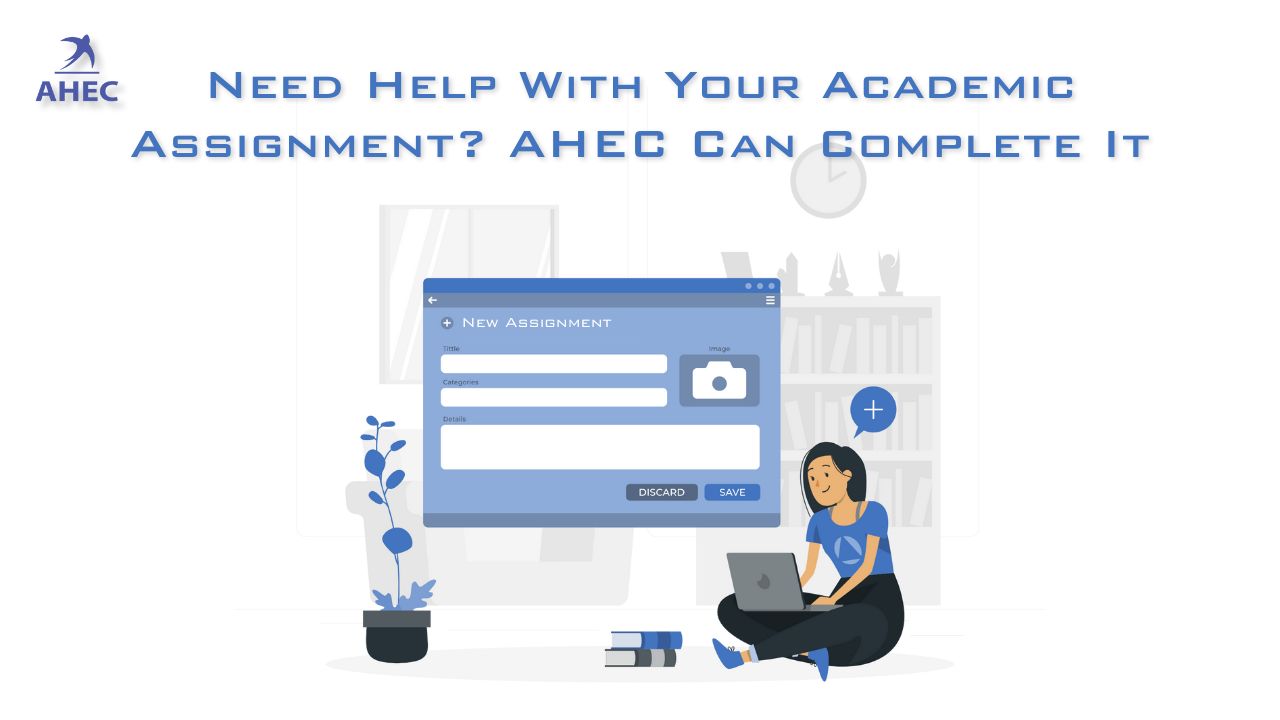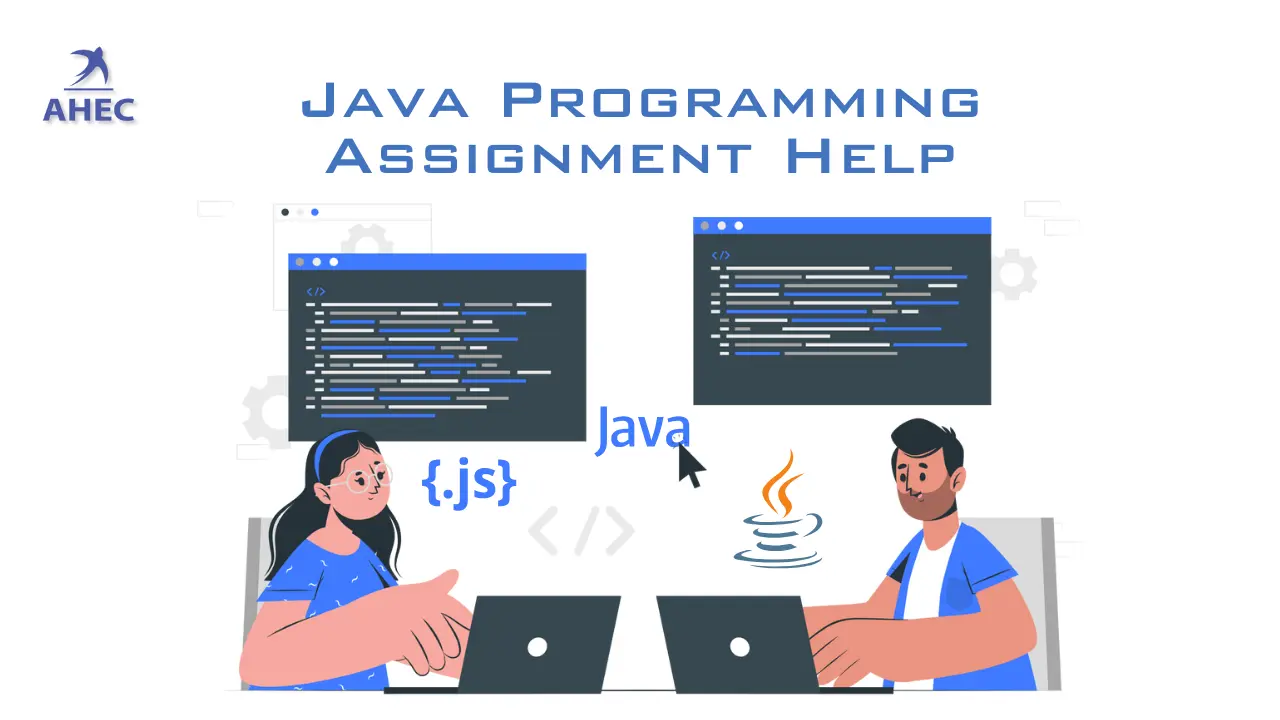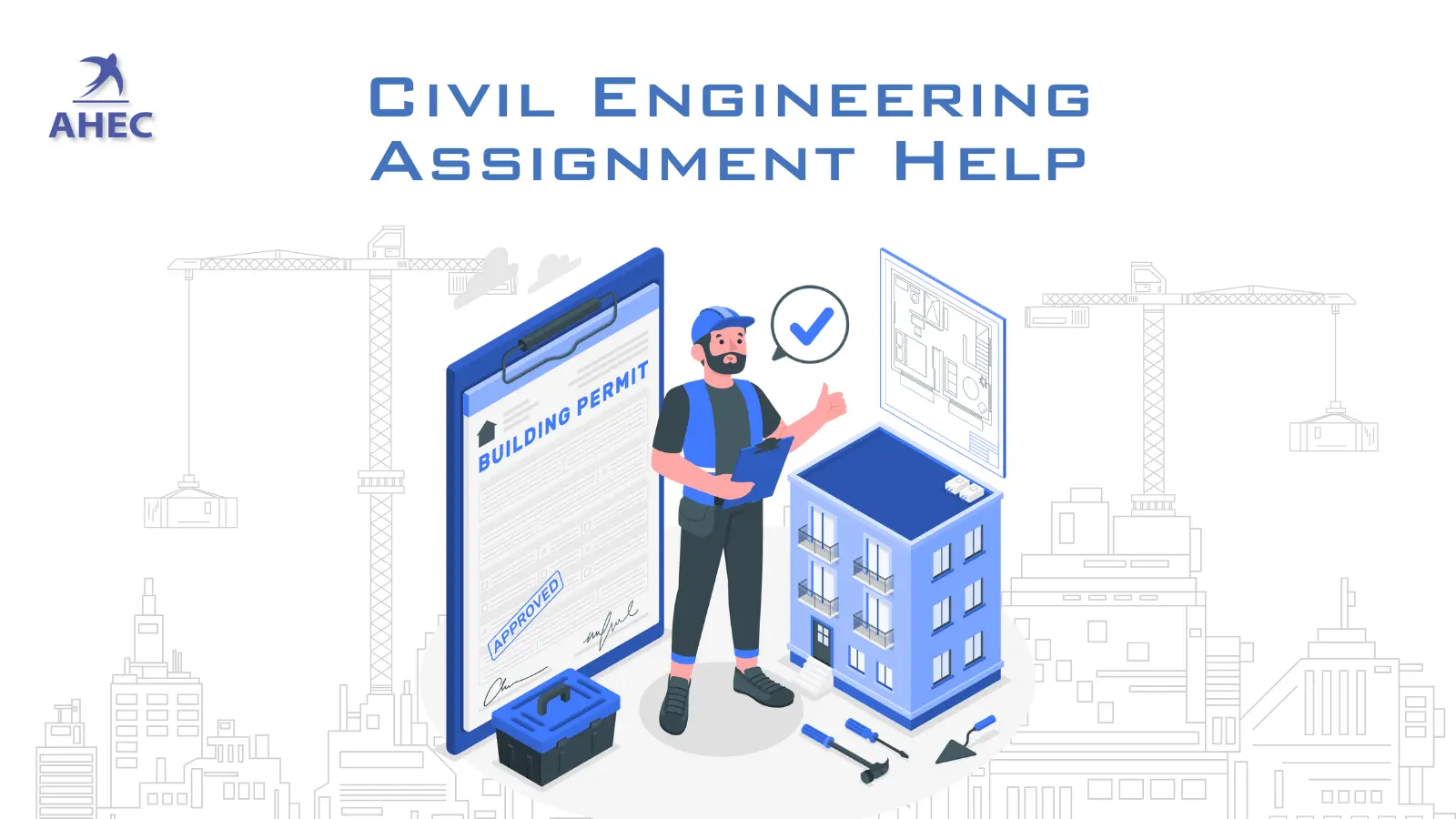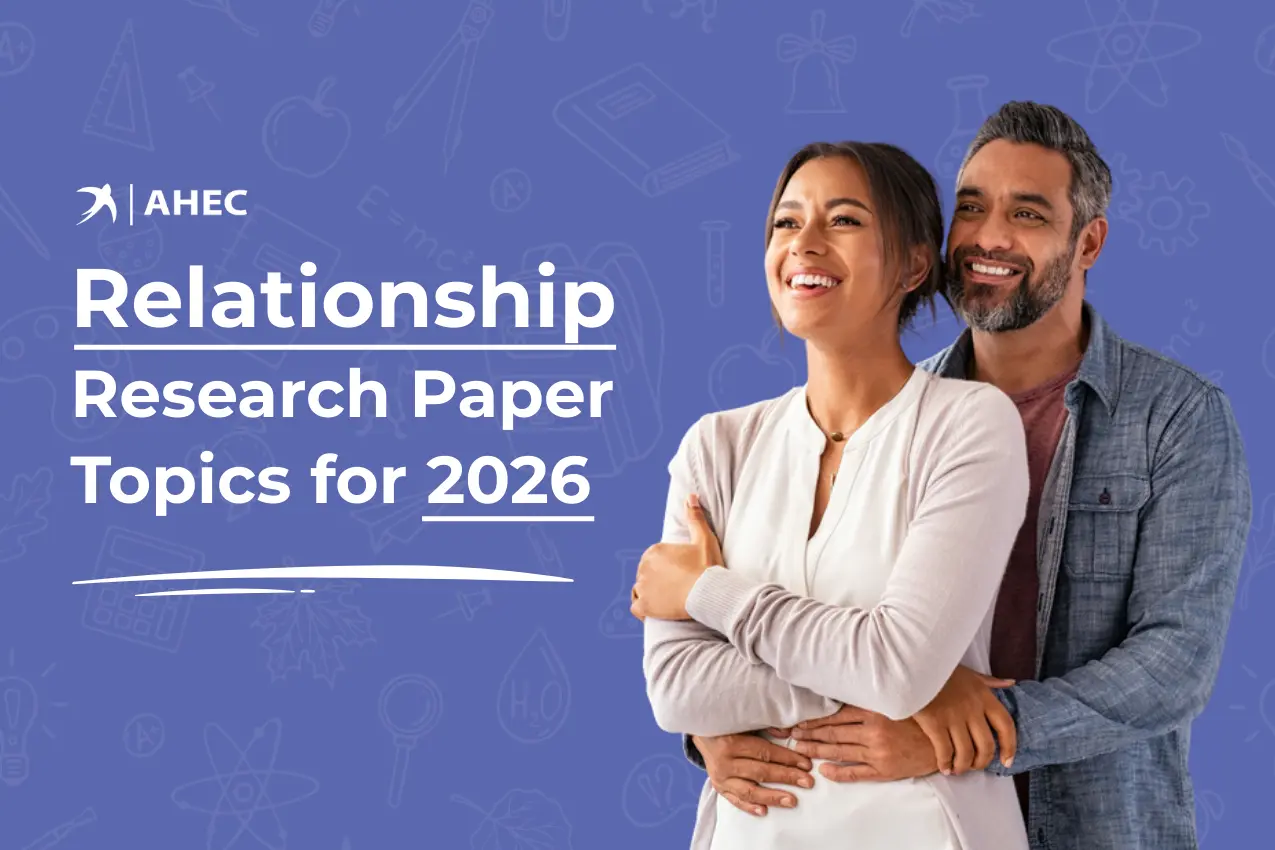In academic and professional writing, the abstract plays a crucial role as a summary influencing readers’ interest in your work. It provides a brief overview of your research or article, serving as the initial impression that often determines whether readers will delve deeper. Whether you're a student, researcher, or professional, mastering the art of crafting an effective abstract is essential. This blog post aims to guide you through creating a compelling abstract by explaining its purpose, discussing Writing Tips for Powerful Abstracts, and outlining the critical steps to write one. Essentially, an abstract succinctly presents your work's purpose, methods, and conclusions, helping readers grasp its significance and relevance swiftly.
What is an Abstract?
An abstract is a summary of a bigger academic work, like a research paper or thesis. It gives a quick overview of the main goals, methods, results, and conclusions of the document. For students, knowing how to write an abstract is important because it helps share the main ideas of their research with others, including classmates and teachers. An abstract makes it easier for people to understand the key points of a study quickly.
A good abstract includes a few key parts: it explains the topic and why it’s important, states the main goals or questions of the research, describes how the research was done, shares the main findings, and talks about what the results mean. Understanding these parts not only makes writing abstracts easier but also helps students communicate their research in the future.
When to Use an Abstract in Research Paper
Abstracts are vital in many academic and professional circumstances, especially for students. They help to explain the entire assignment or paper and show the reader what they will learn after reading it. They shine in research papers and projects, providing a quick summary that helps readers understand the main points without reading the entire paper. When you present your ideas at conferences or in proposals, an abstract allows others to quickly grasp what your presentation or proposal is about and decide if they are interested.
Abstracts are also crucial when applying for research grants. A clear and concise abstract can highlight the importance and potential impact of your research, increasing your chances of getting funded. Additionally, abstracts are used in journal articles and book chapters to share knowledge. They help readers quickly determine if the content is relevant to their work or interests. By mastering the skill of writing abstracts, students can effectively communicate their research and ideas in various academic settings.
Format of an Abstract
Purpose
Briefly state the purpose of your research or what you set out to discover. This should be a clear and concise statement of the main objective.
Methods
Summarize the methods you used to conduct your research. This includes the approach, techniques, and tools you employed.
Results
Highlight the key findings of your research. Present the most important data or results that you obtained.
Conclusion
Conclude with the significance of your findings and their implications. Explain why your results are important and how they contribute to your field of study.
Writing Tips for Powerful Abstracts
Keeping it short and sweet
Understanding the word count limits for your abstract is so important. For a thesis, an abstract is typically 150-300 words. Staying within these limits ensures your abstract is concise and to the point.
Clear communication is key
Use simple, straightforward language and avoid technical jargon to make your abstract easily understandable. Clarity is essential so that a broad audience can grasp the main ideas of your work.
Highlighting the essentials
Focus on the core elements of your research. Include the research question, key findings, and the significance of your work. This helps readers quickly understand what your research is about and why it matters.
Use Active voice for impact
Write in the active voice to create a more engaging and dynamic abstract. Active voice makes your writing clearer and more direct, enhancing the impact of your abstract.
Proofreading for perfection
Review your abstract carefully to ensure it is clear, accurate, and free of errors. Proofreading helps you catch mistakes and improve the overall quality of your writing.
By following these tips and using the suggested format, you can create a powerful abstract that effectively summarizes your work and captures the interest of your readers. This approach ensures that your abstract is both informative and engaging, making a strong first impression.
Reading Abstracts Like a Pro
Here are some key strategies for reading abstracts like a pro:
1. Scan for Key Information: Start by scanning the abstract for key information such as the purpose of the study, the methods used, and the main findings. This will give you a quick overview of the research and help you determine its relevance.
2. Focus on Structure: Pay attention to the structure of the abstract, which typically includes sections on the purpose, methods, results, and conclusions. This structure provides a roadmap for understanding the research and its significance.
3. Evaluate Clarity and Conciseness: Assess the clarity and conciseness of the abstract. A well-written abstract should communicate the main points of the research concisely, making it easy to understand.
4. Look for Keywords: Identify keywords and phrases that indicate the main topics and themes of the research. These keywords can help you quickly identify whether the research aligns with your interests.
5. Consider the Significance: Evaluate the significance of the research findings and their implications. Ask yourself how the research contributes to the existing literature and what new insights it offers to the field.
Conclusion
Understanding how to write an abstract is crucial for students and researchers alike. Throughout this blog post, we've learned that an abstract is a concise summary that highlights the main points of your research paper or project. Whether you're writing one for a class assignment, presenting at a conference, applying for a research grant, or submitting to a journal, a well-crafted abstract helps others quickly understand what your work is about.
By mastering the key elements—like providing context, stating objectives, describing methods, summarizing results, and discussing conclusions—you can effectively communicate the significance of your research. Learning to read abstracts critically also enhances your ability to navigate academic literature and find relevant studies. Practice these skills, and you'll be better equipped to share your ideas and research findings with clarity and impact in your academic journey.






























